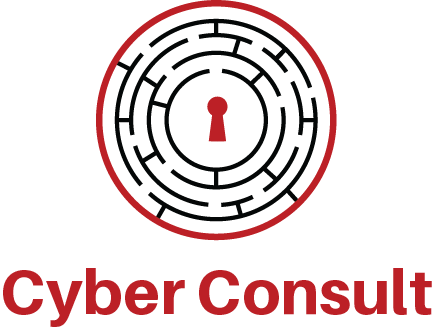The Road to a Passwordless Future
The cybersecurity landscape is undergoing a metamorphosis, driven by the inadequacy of traditional password-based security in the face of an ever-evolving threat landscape. This article delves into the technical rationale for a passwordless future, exploring the vulnerabilities of passwords and the compelling advantages offered by more sophisticated authentication methods.
The Achilles’ Heel of Passwords: A Technical Breakdown
Passwords, once the cornerstone of digital security, are demonstrably unfit for the complexities of the modern threat landscape. Here’s a granular dissection of their shortcomings:
- The Human Factor Flaw: Mnemotechnically-sound passwords are notoriously difficult to recall, leading to widespread password reuse and predictable choices (“password123”). These weak selections become fodder for brute-force attacks and password spraying techniques, enabling unauthorized access with alarming ease.
- Static Vulnerability: A compromised password grants unfettered access to all associated accounts until a change is implemented. This critical window of vulnerability offers attackers ample time to wreak havoc, deploy ransomware, or steal sensitive data.
- Centralized Storage Risks: Data breaches of password databases can lay bare millions of user credentials, highlighting the inherent insecurity of centralized storage. Credential stuffing attacks, where stolen passwords are used to gain access to other accounts, become a major concern.
Beyond the Security Breach: The Operational Burden of Passwords
The inefficiencies of password systems extend far beyond security vulnerabilities, creating significant operational headaches for organizations:
- IT Resource Drain: Managing complex password policies, enforcing multi-factor authentication protocols, and handling password resets and breaches consume valuable IT resources. The cost of password resets alone can be substantial for large enterprises.
- Usability Woes: Users often struggle to create and remember strong, unique passwords for a multitude of accounts. Inevitably, password fatigue sets in, leading to poor password hygiene practices.
A Brighter Future: Secure and Streamlined Authentication Beyond Passwords
The limitations of passwords necessitate a paradigm shift towards more secure and user-friendly authentication solutions. Here’s a closer look at some promising contenders:
- Biometric Authentication: Leveraging fingerprints, facial recognition, or iris scans offers a powerful layer of security. These unique biological characteristics are inherently difficult to replicate or steal. However, privacy concerns surrounding biometric data collection and storage require careful consideration and robust security protocols.
- Cryptographic Keys and PKI: Public key infrastructure (PKI) utilizes cryptographic keys for secure authentication, eliminating the need for passwords altogether. PKI offers a well-established security framework but necessitates a robust infrastructure overhaul and a behavioral shift for both users and organizations.
- Multi-Factor Authentication (MFA) and Hardware Tokens: MFA, by combining “something you know” (a PIN), “something you have” (a hardware token), and “something you are” (biometrics), significantly reduces the risk of unauthorized access. However, striking a balance between robust security and user experience is crucial for wider adoption.
Charting the Course: A Holistic Approach to a Passwordless Future
The transition to a passwordless world is a monumental shift in how we secure our digital identities. It necessitates a comprehensive approach that incorporates the following elements:
- Integration of Technological Solutions: Implementing secure authentication protocols like FIDO2 and WebAuthn will be paramount. These standards offer interoperability between different platforms and devices, ensuring a seamless user experience.
- Policy and User Education: Developing and enforcing strong password policies in the interim is crucial, while simultaneously educating users on robust password hygiene practices and the benefits of passwordless authentication.
- Cultivating a Security-Conscious Culture: Embedding a culture of security awareness within organizations is essential. This involves promoting best practices for password management, data handling, and a general vigilance against cyber threats.
Conclusion: A Secure and Seamless Digital Future
While challenges such as technology adoption rates and potential privacy concerns exist, a passwordless future is no longer a utopian ideal, but an essential step in fortifying our digital defenses. By embracing secure and user-centric authentication methods, we can create a future where digital security is both robust and seamless, empowering users and organizations to thrive in the ever-evolving digital landscape.
Joe Shenouda

